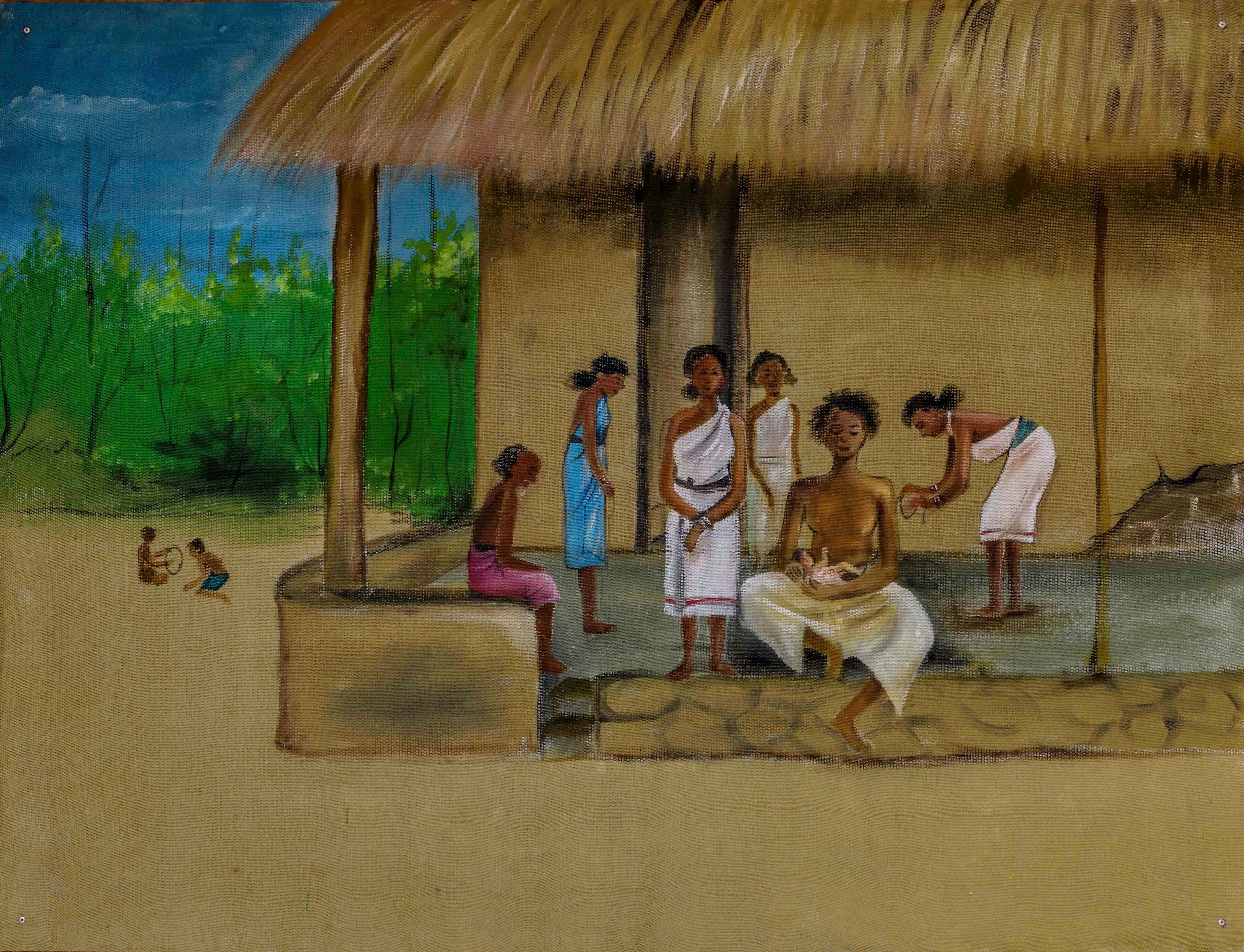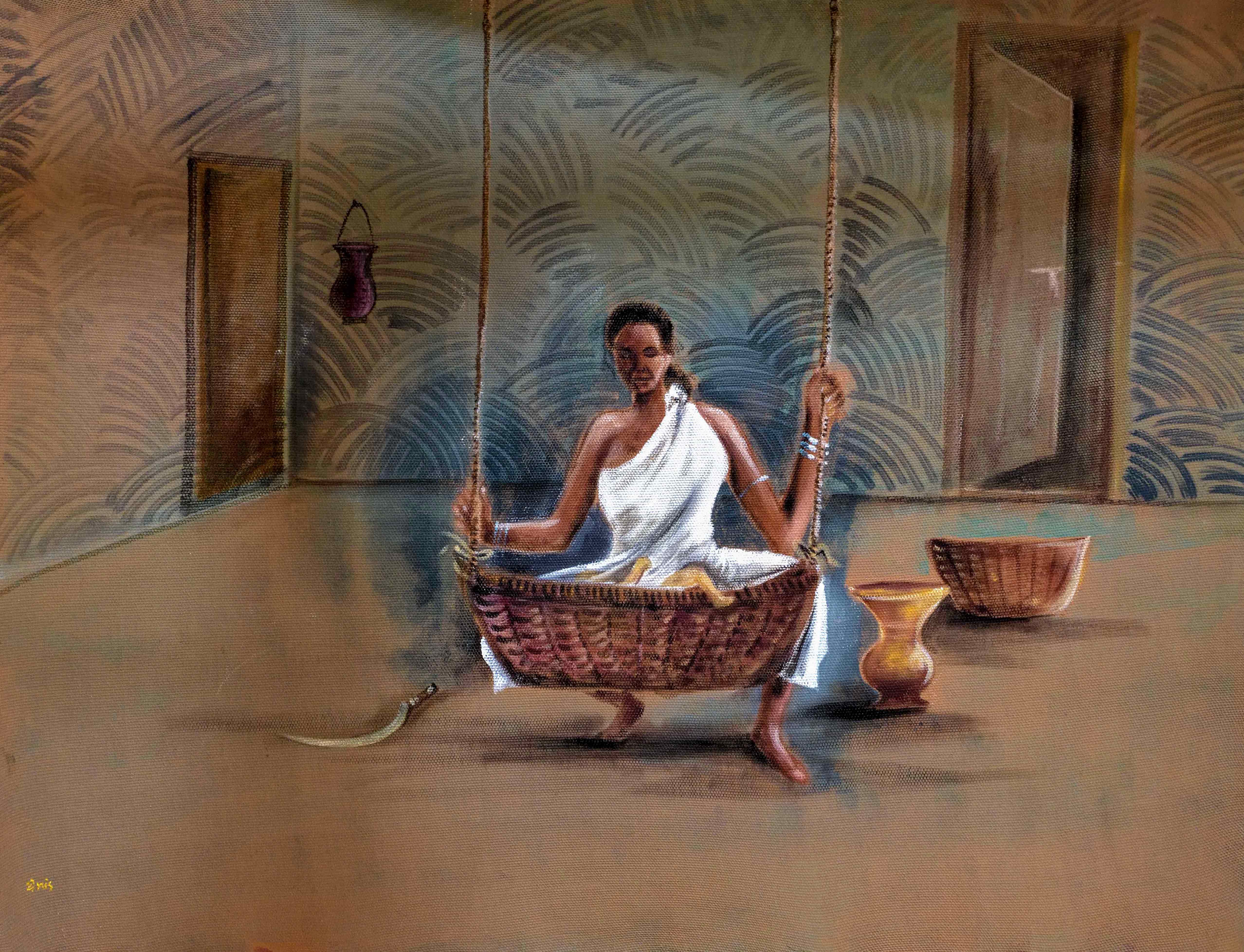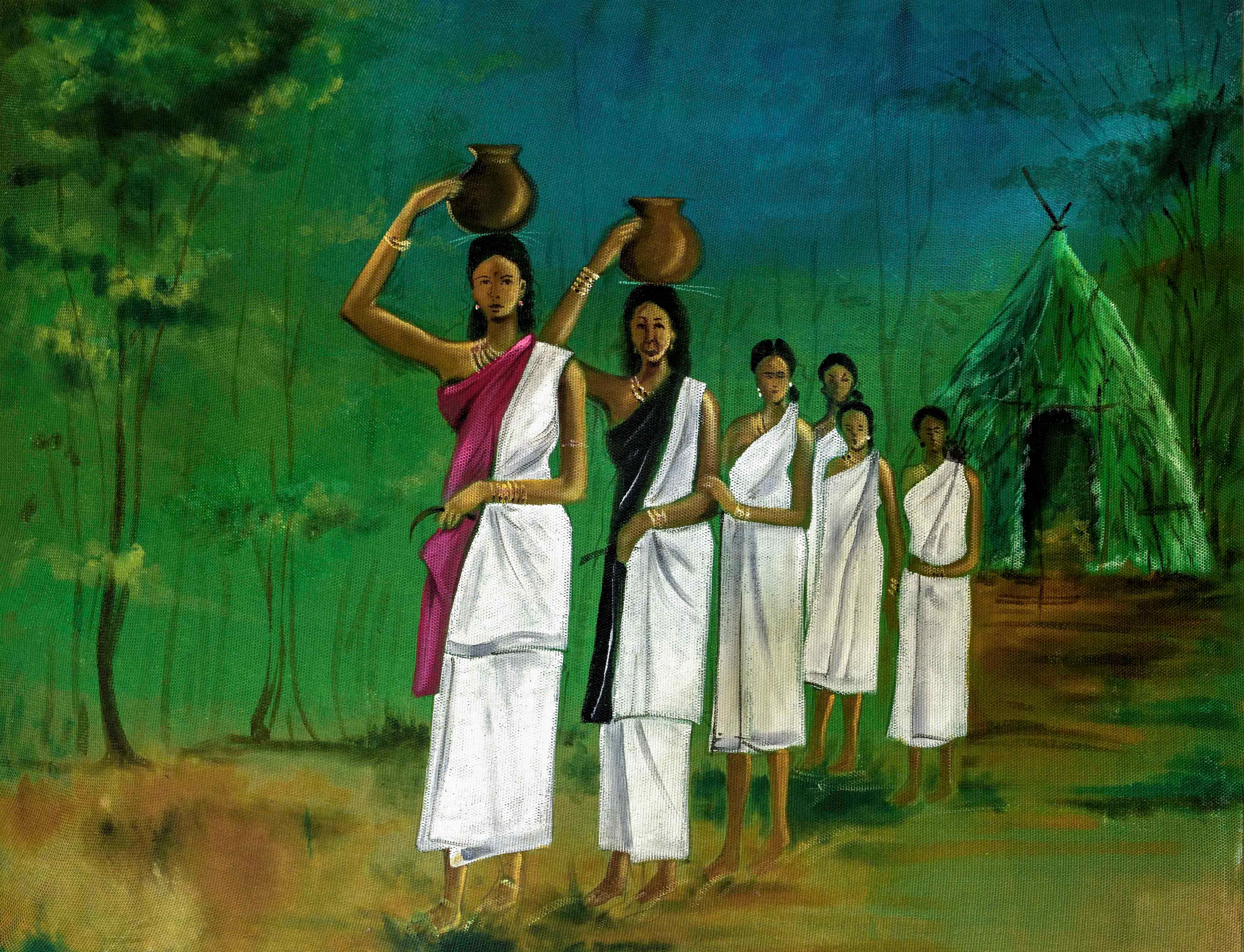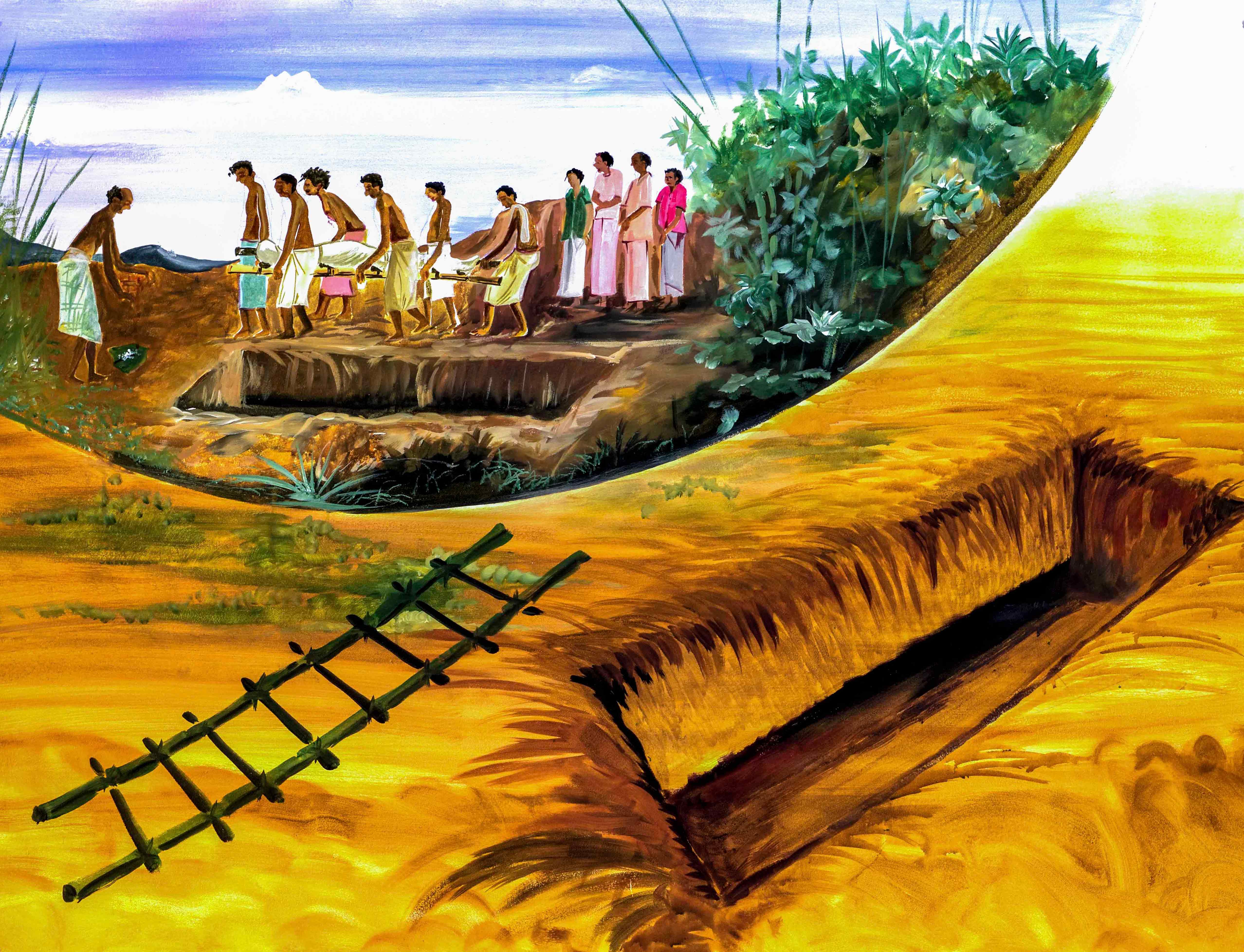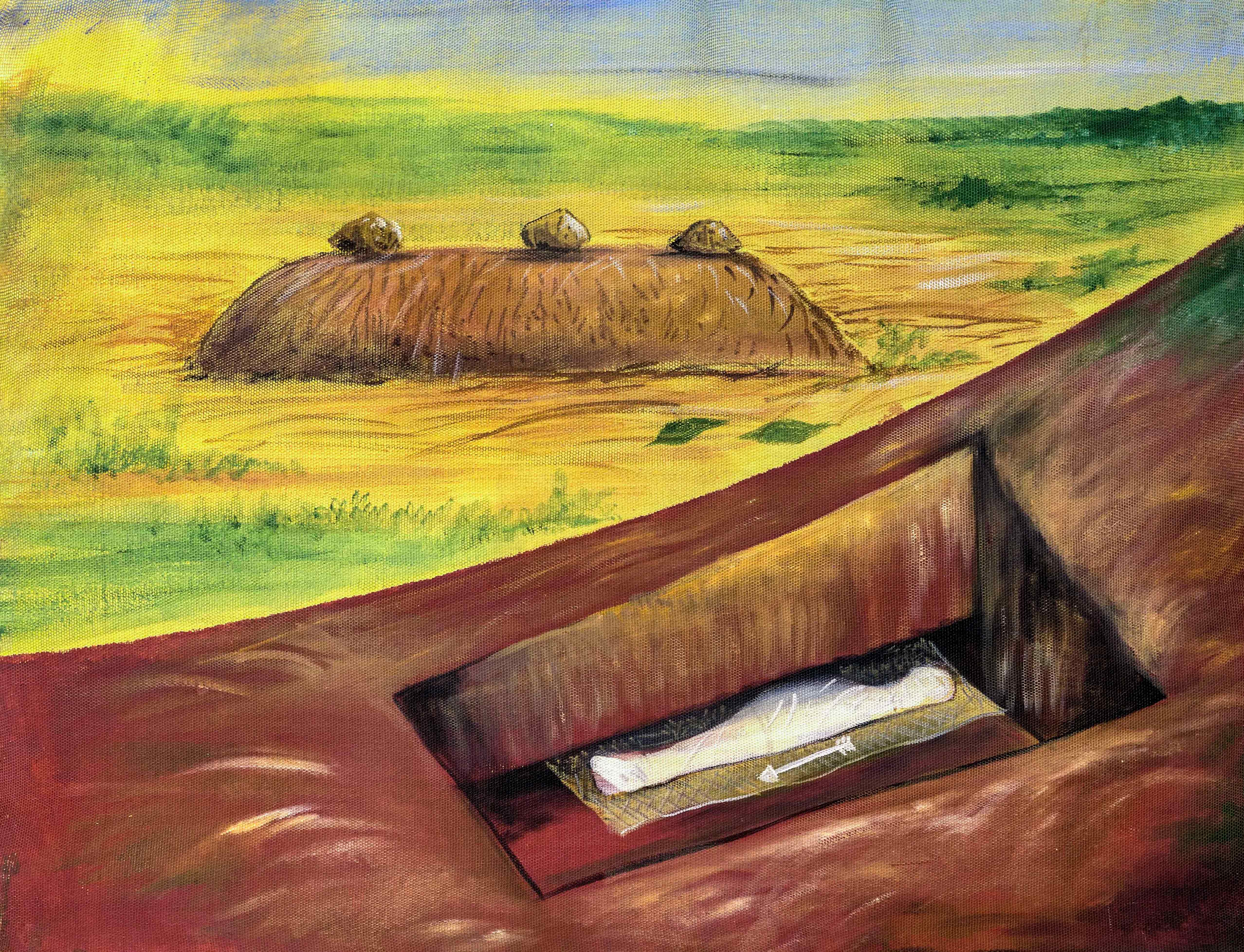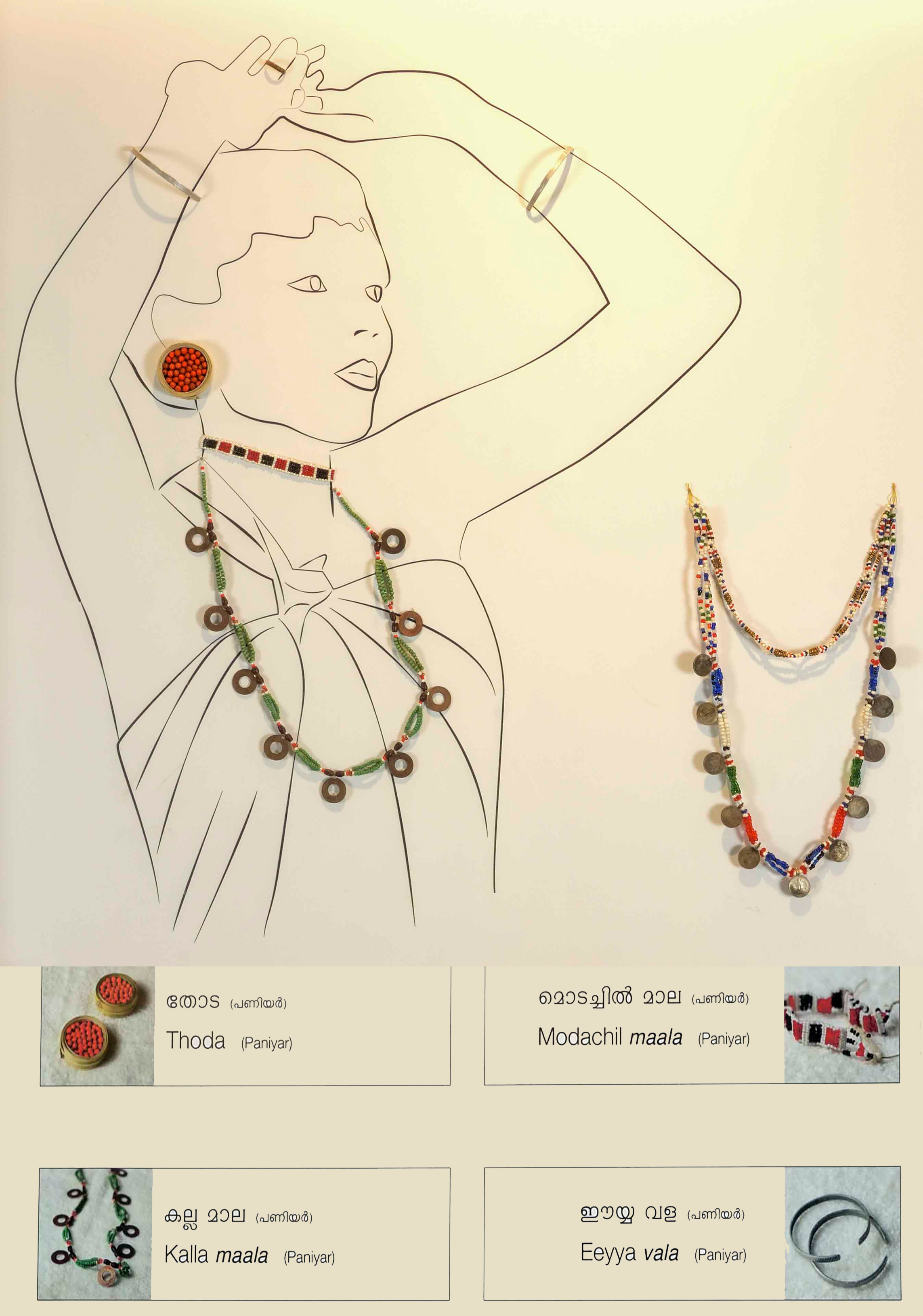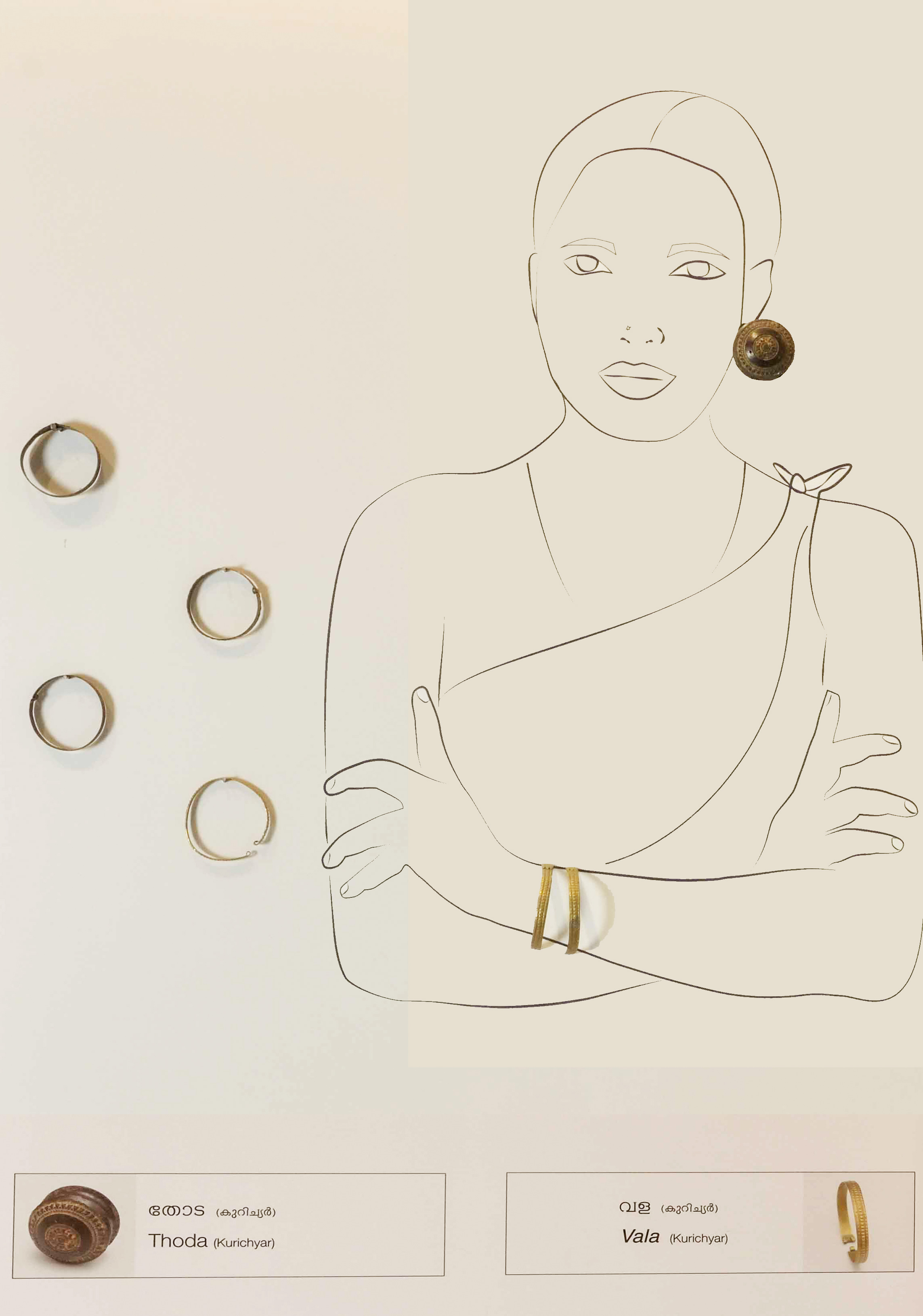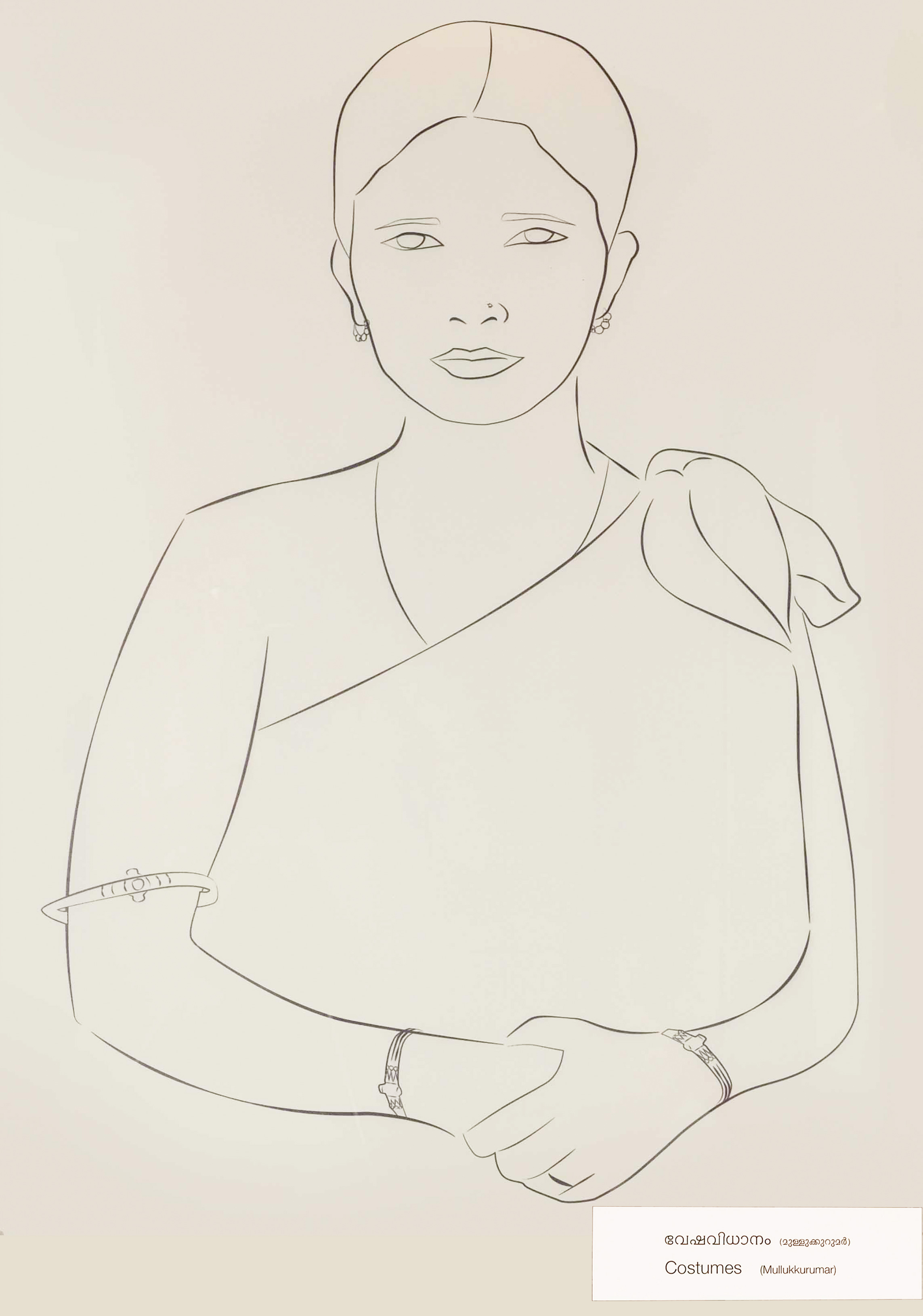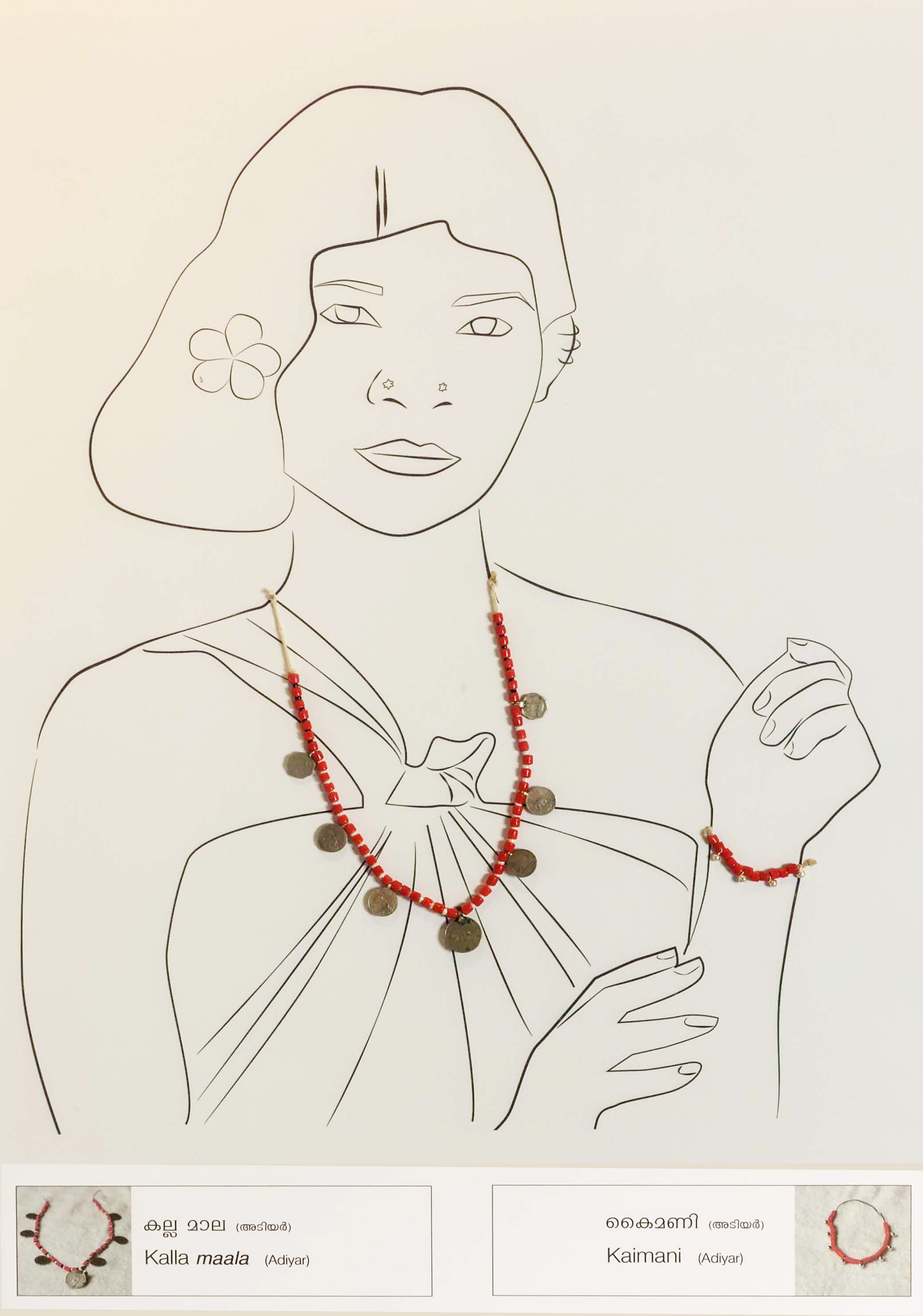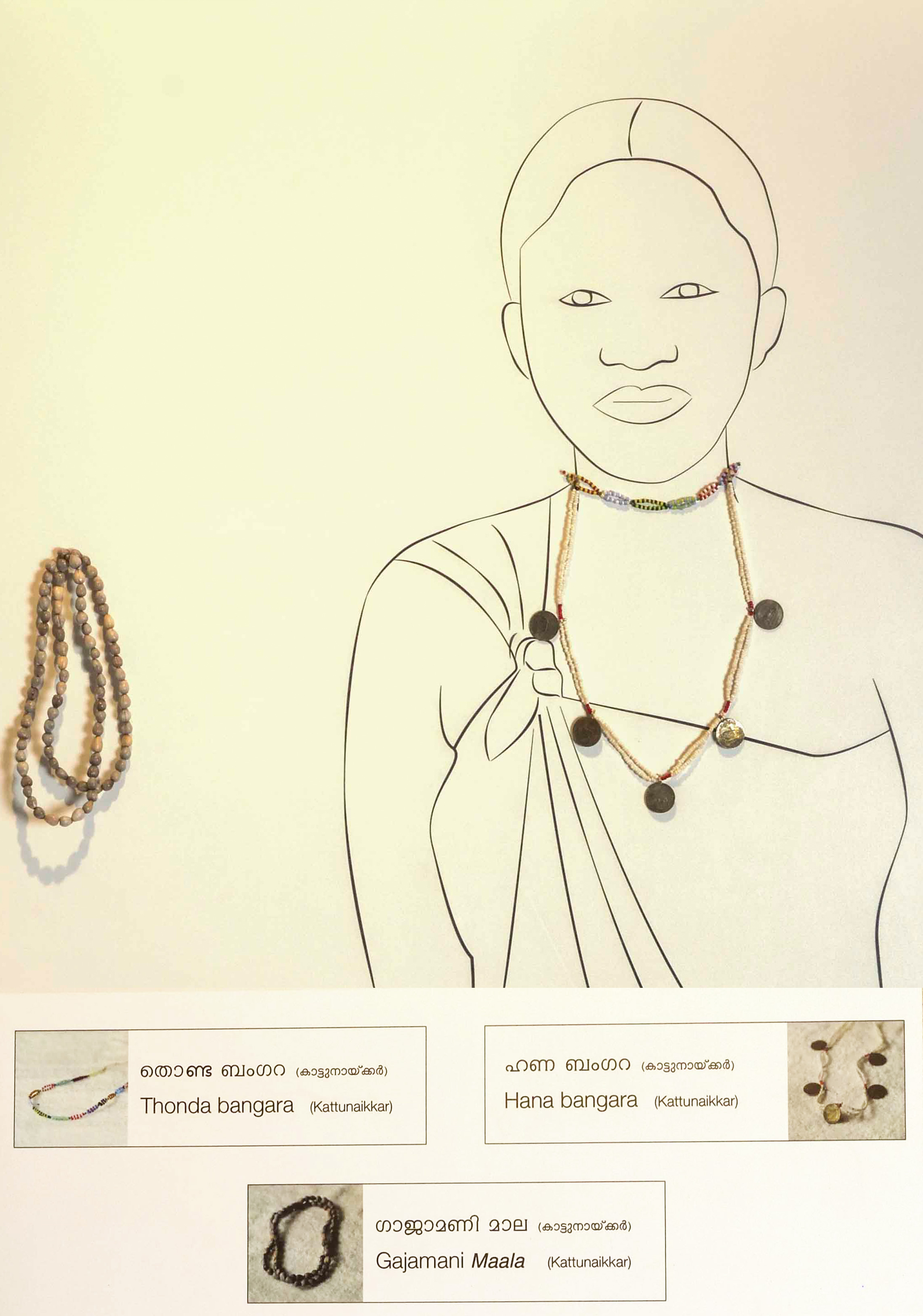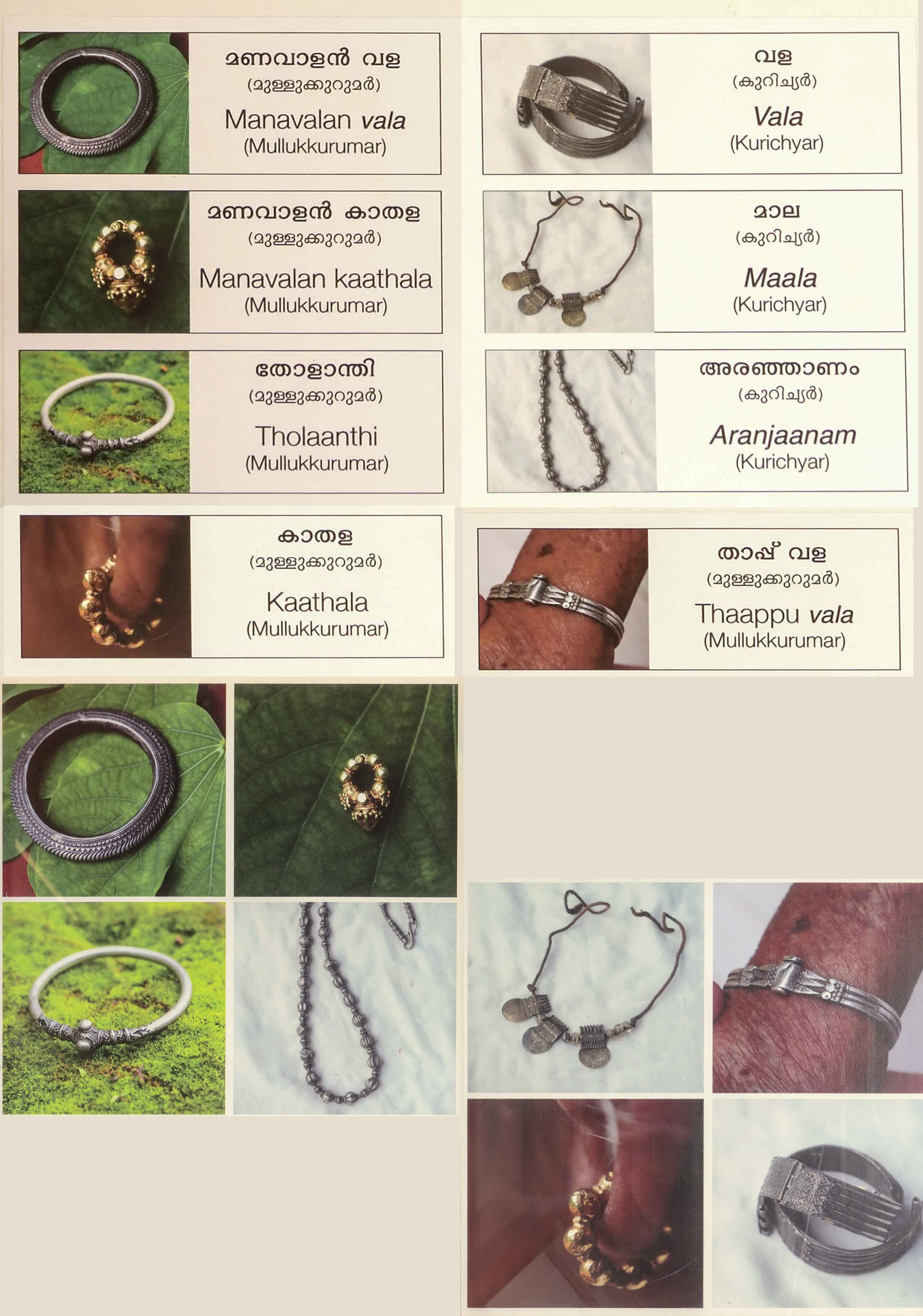- kunkichiramuseumwayanad@gmail.com
- Kunhome, Thondernad, Wayanad
Customs & Rituals
Birth
The gods who cheated Mavelimanava Theyyam and stole the soil created human forms from that soil, but they did not have life. The gods brought the monstrous Mali to frighten. them. The 'Adiya' tribal people are the ones who screamed 'Athava' and got scared on seeing that fierce figure.In Wayanad, tribal communities traditionally give birth in small hut-like structures known as "Etupura!" Before childbirth, there is a ceremony where they seek the blessings of God. Traditional midwives often assist with the birth process. On the fifteenth day after birth, a ritual called "Kuli," meaning "bathing," is performed. Within the Kuruma sect, a special custom is observed. If a male child is born, it is customary to place an arrow near the baby, while if it's a girl, a sickle is placed as part of the ritual.
Puberty
In the Adiya community, the puberty ceremony is known as "Manjal Neer Choll" and "Niranja Kalyanam." In the Kattunaykkar tradition, it is referred to as "Narudat."' During this ceremony, a hut called "Guda" is built a short distance from the girl's home, and she resides there during this period.
Similarly, in the Kurichyar community, they observe a similar rite where girls who reach puberty stay in huts known as "Etupura" Furthermore, various tribal groups hold ceremonies to celebrate and honor girls during the "Thirandu Kalyanam," which is their puberty ceremony.
Death
In general, the graves of Adiyars are known as "Kidakkai Kandi." The deceased body is placed on a bed made from crushed bamboo stalks. After the burial, everyone bathes in the river, and before returning home, a ritual called "Vala Kodukkal," which means "offering bangles," is performed. On the day following the death, a ceremony called "Kunti Pula" takes place. The Kattunaykkar community includes the burial of clothing, weapons, utensils, and other items used by the deceased alongside the body. A feast is held on the seventh day after the person's passing. Similarly, among the Kuruma sects, they have a designated cemetery called "Chutala." The deceased body, covered with a mat, is tied to a bamboo stick and carried to the funeral pyre with people holding both ends. Arrows, bows, knives and sickles are placed beside the deceased. The ritual of "Adiyanthiram" is performed on the fifth or seventh day following the death.
Marriage
The Adiyar tribals typically arrange weddings during the harvest season. Tents are set up at both the bride and groom's residences, but the actual ceremony occurs at the bride's house. As part of the wedding festivities, an art form known as "Poika Poliyatam" is performed. Within the Kuruma sects, the marriage ceremony unfolds in three stages: "bandhuva," "aalu koodal" and "kondu varal." Similarly, among the Paniyar tribes, weddings are traditionally held during the harvest season. It's customary for the boy's father to exchange wealth, often in the form of money, with the girl's father as part of the marriage arrangements.

